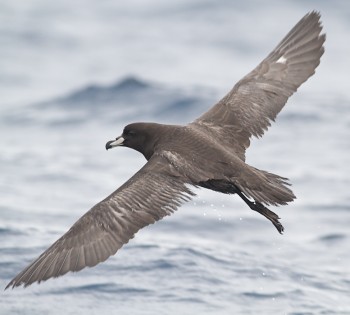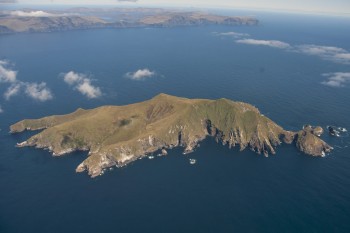 Filling data gaps for the population of Wandering Albatrosses on New Zealand's Disappointment Island (pictured) was one of the aims of the research
Filling data gaps for the population of Wandering Albatrosses on New Zealand's Disappointment Island (pictured) was one of the aims of the research
A report by Kath Walker (Department of Conservation, New Zealand) and colleagues on the population of Antipodean albatrosses Diomedea antipodensis on New Zealand’s Auckland Islands has been released by the Department of Conservation. Researchers carried out a census and considered the capacity for drone-based whole-island surveys.
The report’s summary follows:
“Gibson’s wandering albatross (Diomedea antipodensis gibsoni) has been in decline since 2005. Research into the causes of and solutions to the falling numbers of Gibson’s wandering albatross includes an annual visit to the main breeding grounds on Adams Island, and this report describes the results of the field programme in the 2022/2023 breeding season.
The survival and productivity of Gibson’s wandering albatross has recovered from the dramatically low rates recorded during 2006–08, but the average survival rate for both sexes remain lower than before the population crash in 2005, and nest success has only just recovered to pre-crash levels. Recent increases in the number of nesting birds are almost certainly attributable to a higher proportion of the population choosing to breed and mark-recapture models estimates of population size still show a decline. The data missed because of the late cancellation of the 2021 season field trip precludes better estimates of population size until next year.
Twenty-two juvenile Gibson’s wandering albatrosses were fitted with satellite transmitters and dataloggers before they fledged in late December 2022. In the subsequent seven months juveniles spent more time foraging north-east of New Zealand than previously tracked adult birds. No information has previously been collected on the at-sea distribution of juvenile Gibson’s wandering albatross, so this data filled a major data gap.
For investigation into diet and mercury pollution in Gibson’s wandering albatross, work additional to the CSP annual plan, feather and blood samples were collected from 20 juvenile and 58 adult birds outside the main albatross study area.
Drone census techniques were refined, allowing a more reliable estimate of the effort required for a whole-island drone-assisted count of the number of Gibson’s wandering albatross nesting on Adams Island. High variability in the number of birds sitting on nests but not incubating eggs (loafing birds) is a large source of error when trying to count breeding birds from the air, which would require substantial concurrent ground-truthing to ameliorate. The costs and benefits of undertaking whole-island nest counts using a variety of methods including drones are explored. The island’s large size, height and persistent bad weather mean a large amount of time and resources are required to obtain a reliable whole-island count using any method. It would be a major undertaking, requiring its own dedicated effort, best done after the regular field programme to ensure the vital mark-recapture trend monitoring dataset is not compromised.”
Reference:
Walker K, Elliott G, Parker GC, Rexer-Huber K. 2023. Gibson’s wandering albatross: population study and potential for drone-based whole-island census. POP2022-08 final report prepared for New Zealand Department of Conservation. 28 p.
28 August 2023

 English
English  Français
Français  Español
Español 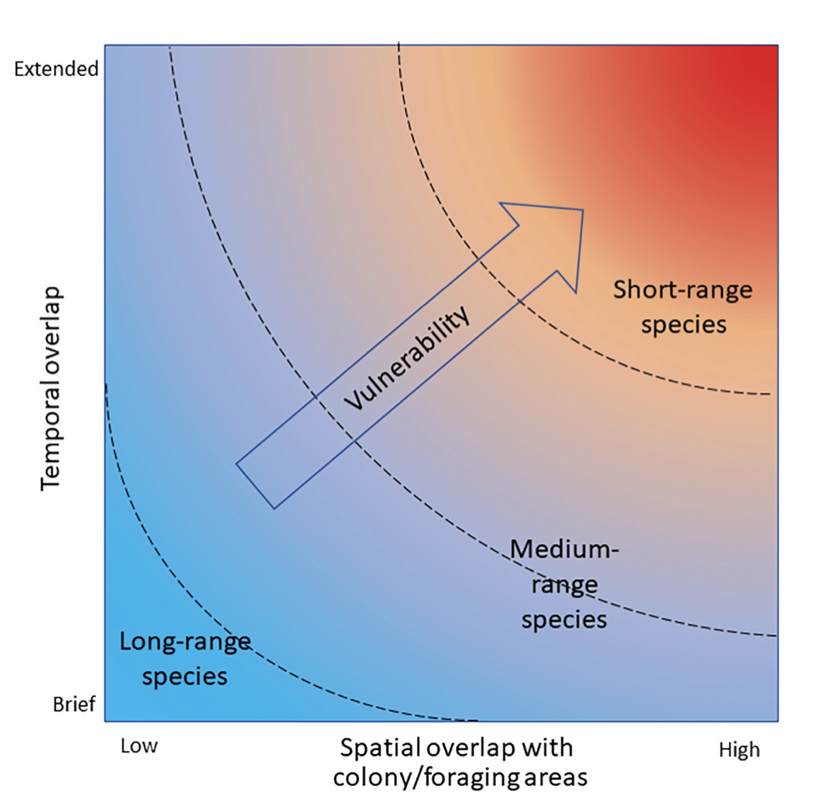 Figure 5. from the paper which presents vulnerability of seabirds to marine heatwaves (MHWs) is related to the spatial overlap/proximity of the event to breeding and foraging areas, and to the duration of the temporal overlap. Vulnerability is indicated by warmer colours, and the dashed lines are representative of equiva- lent vulnerability. For example, an extended MHW with low spatial overlap will have a similar impact to a brief MHW that has high overlap
Figure 5. from the paper which presents vulnerability of seabirds to marine heatwaves (MHWs) is related to the spatial overlap/proximity of the event to breeding and foraging areas, and to the duration of the temporal overlap. Vulnerability is indicated by warmer colours, and the dashed lines are representative of equiva- lent vulnerability. For example, an extended MHW with low spatial overlap will have a similar impact to a brief MHW that has high overlap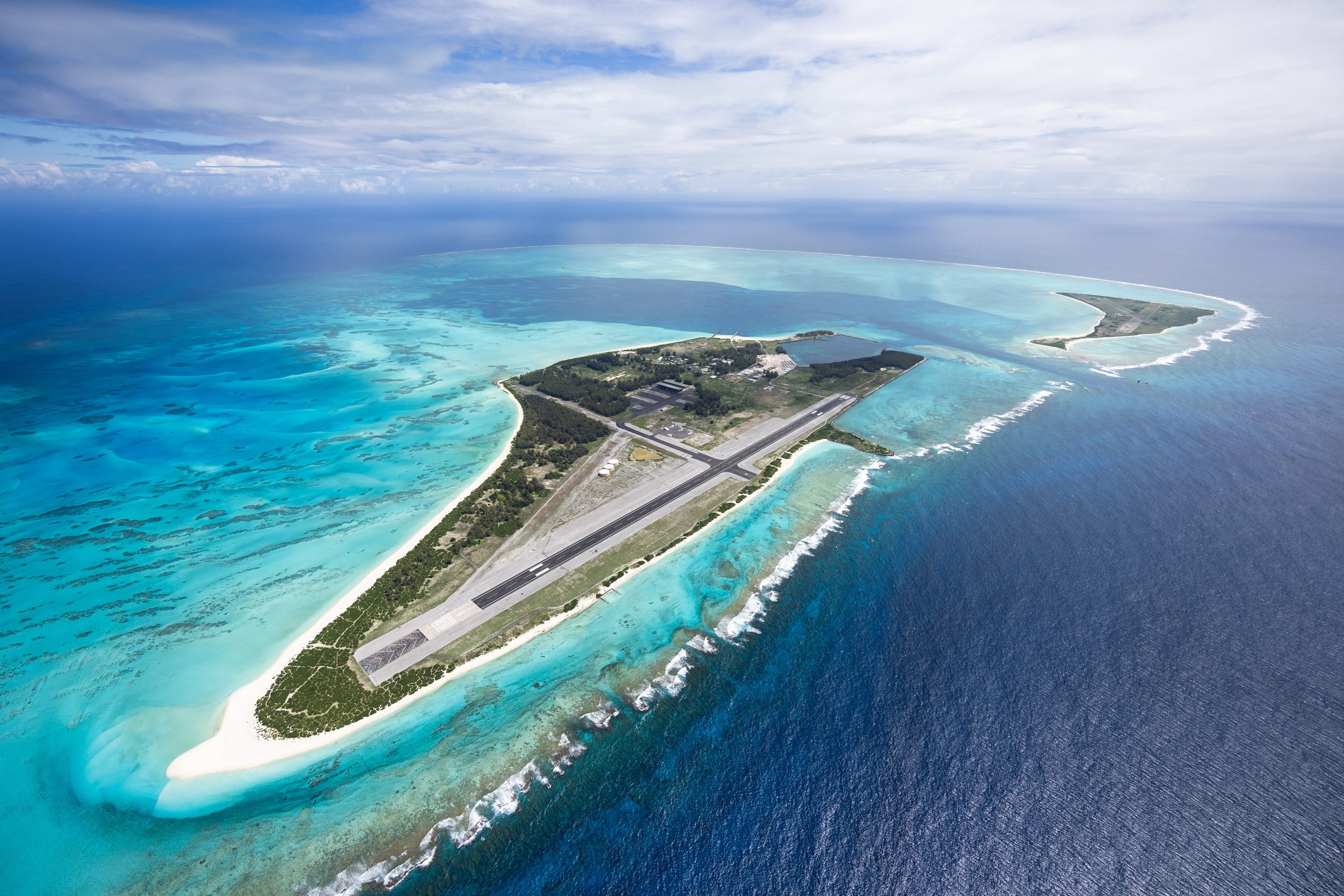
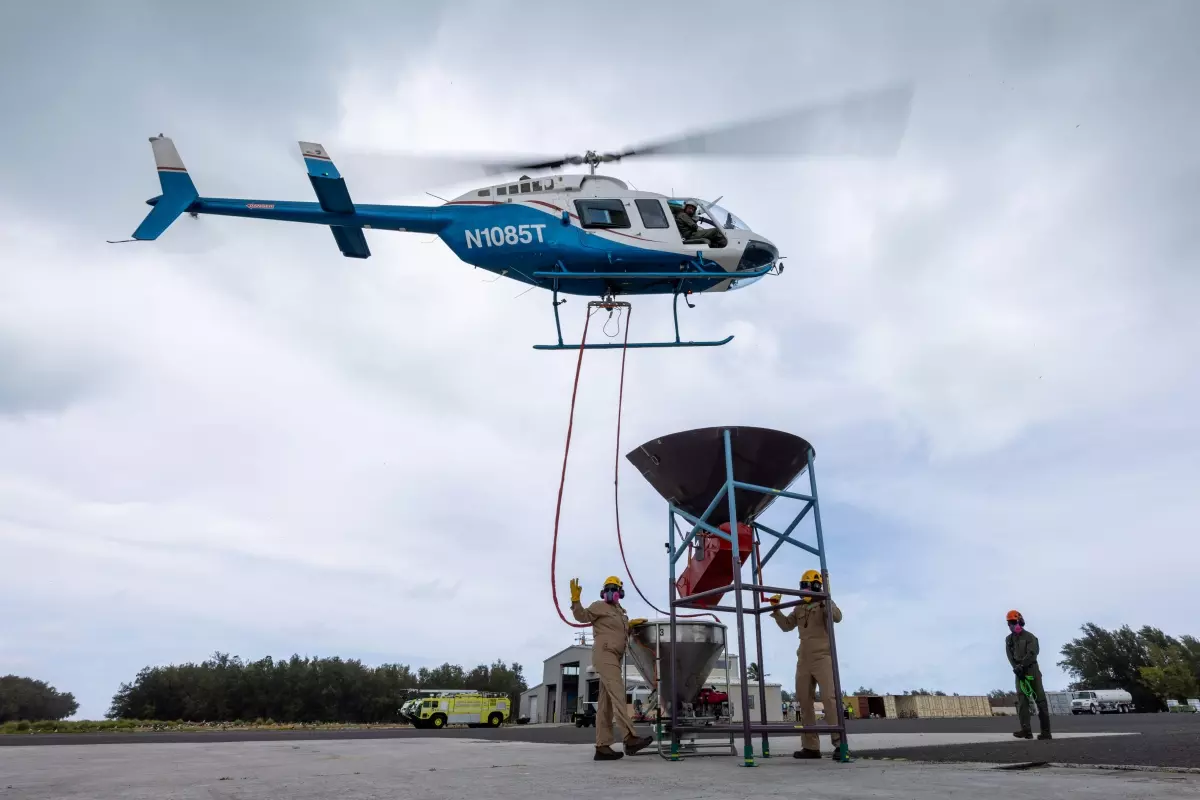
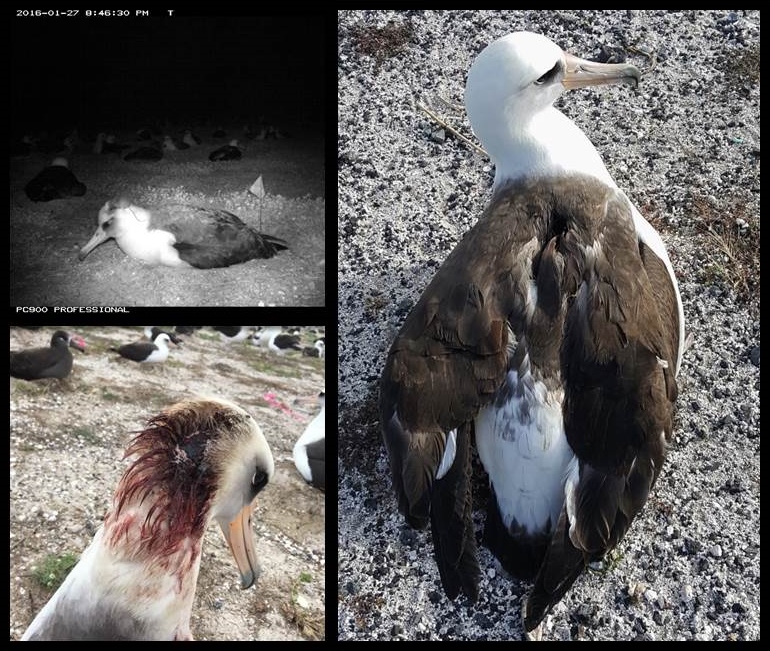
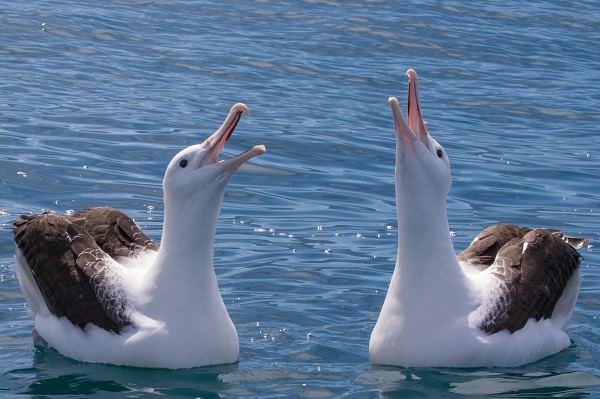 Monitoring the population of Northern Royal Albatrosses (pictured) was one area of focus for the research on New Zealand's Chatham Islands. Photograph by David Brooks
Monitoring the population of Northern Royal Albatrosses (pictured) was one area of focus for the research on New Zealand's Chatham Islands. Photograph by David Brooks
